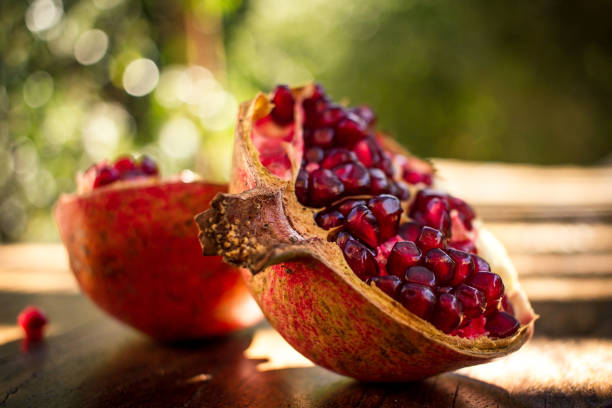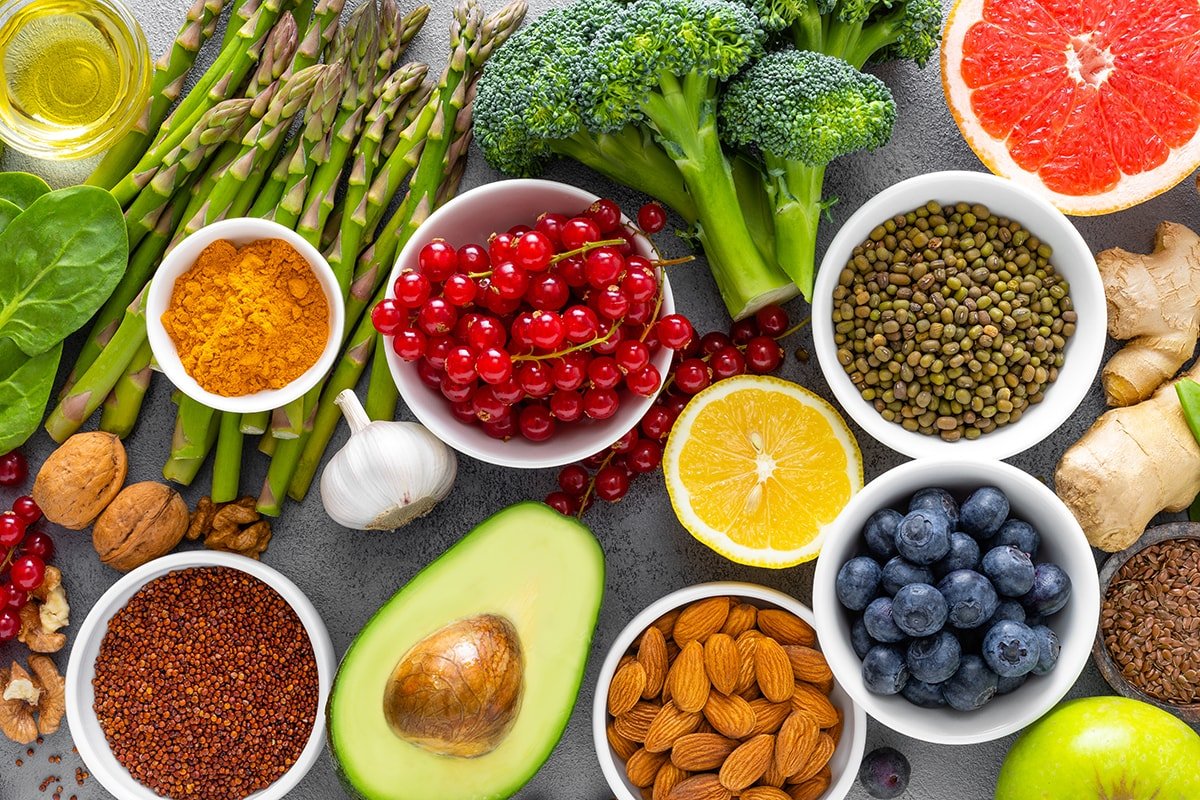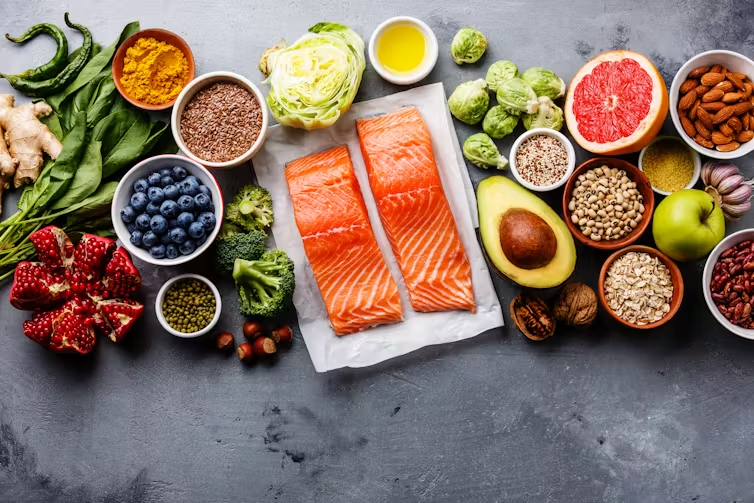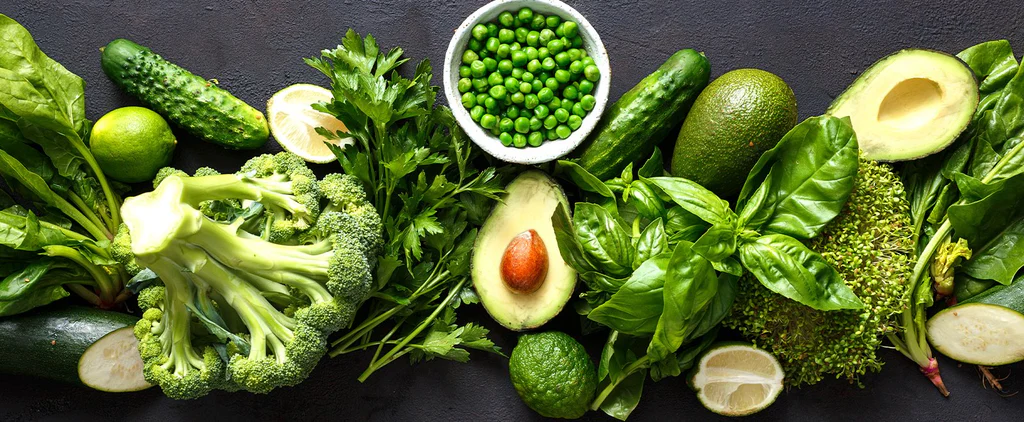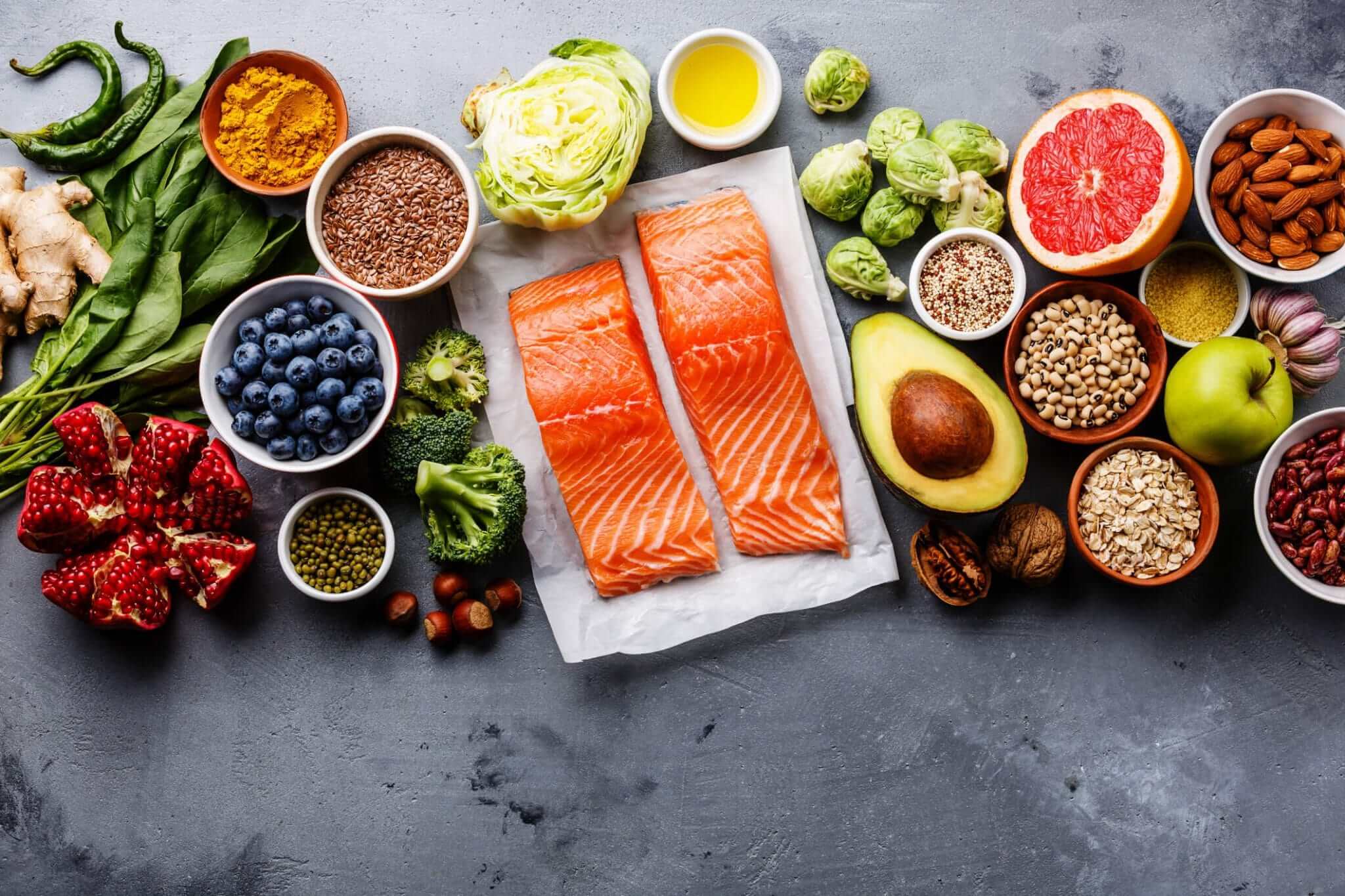Joint pain, a frequent and often debilitating ailment, can significantly impact our daily lives, making even simple movements a source of discomfort. While medical interventions are crucial for managing chronic joint conditions, the food we choose to consume can serve as a powerful and natural ally in reducing inflammation and alleviating pain, ultimately contributing to an improved sense of well-being. The realm of nutrition offers a diverse and flavorful array of ingredients brimming with compounds that possess anti-inflammatory properties and contribute to the overall health and resilience of our joints. Let’s explore nine readily available and palatable foods that have the potential to help soothe your aching joints and promote greater ease of motion, leaving you feeling better overall.
It’s vital to recognize that dietary adjustments alone may not supplant medical treatment, particularly for chronic or severe joint conditions. However, adopting a well-informed diet abundant in anti-inflammatory foods can serve as a potent complementary strategy, working in concert with medical advice to manage symptoms and bolster long-term joint health, leading to a greater sense of vitality and comfort. These nine foods are packed with essential nutrients, antioxidants, and beneficial fats that can contribute to combating inflammation, safeguarding joint tissues, and potentially reducing the reliance on pain medication, thus enhancing your overall well-being.
1. The Omega-3 Symphony: Fatty Fish for Joint Relief and Mood Enhancement
Oily fish such as salmon, mackerel, and sardines are nutritional powerhouses, boasting high levels of omega-3 fatty acids, specifically EPA (eicosapentaenoic acid) and DHA (docosahexaenoic acid). These essential fats are celebrated for their potent anti-inflammatory effects, which can aid in reducing swelling and alleviating pain in the joints. Furthermore, omega-3s have been linked to improved mood and cognitive function, contributing to an overall feeling of well-being. Aim to include these fatty fish in your meals a couple of times per week to harness their multifaceted benefits.
2. Liquid Gold for Joints: Extra Virgin Olive Oil for Reduced Inflammation and Cardiovascular Health
High-quality extra virgin olive oil, a cornerstone of the renowned Mediterranean diet, stands as a valuable ally in the quest for joint comfort. It contains oleocanthal, a naturally occurring compound that exhibits anti-inflammatory properties akin to those found in non-steroidal anti-inflammatory drugs (NSAIDs). Beyond its joint-soothing properties, extra virgin olive oil is also beneficial for cardiovascular health, contributing to a greater sense of physical well-being. Incorporating it into your salad dressings, using it for light sautéing, and drizzling it over your culinary creations can be a delicious avenue to potentially ease joint discomfort and support your heart.
3. The Golden Healer: Turmeric’s Curcumin Power for Pain Reduction and Antioxidant Support
Turmeric, the vibrant yellow spice integral to many curry dishes, owes its potential joint-alleviating properties to curcumin, a potent antioxidant and anti-inflammatory compound. Research suggests that curcumin can assist in reducing joint pain and stiffness by modulating inflammatory pathways within the body. Its antioxidant properties also contribute to overall cellular health, making you feel better from the inside out. To optimize its absorption, consider pairing turmeric with black pepper, which contains piperine, and consuming it with healthy fats.
4. Berry Bonanza: Antioxidant Richness for Joint Protection and Cognitive Function
These colorful and delectable fruits, including blueberries, strawberries, and cherries, are brimming with antioxidants known as anthocyanins, the pigments responsible for their rich hues. Anthocyanins possess significant anti-inflammatory properties and may contribute to protecting joint tissues from the damaging effects of free radicals. Additionally, the antioxidants in berries have been linked to improved cognitive function, contributing to a sharper mind and a better overall feeling. Enjoy a variety of berries as nutritious snacks, blend them into smoothies, or incorporate them into your breakfast for a flavorful and health-boosting experience.
5. The Verdant Allies: Spinach and Kale for Nutrient Density and Energy Levels
Dark leafy green vegetables such as spinach and kale are nutritional powerhouses, loaded with vitamins, minerals, and antioxidants that are vital for overall health, including the well-being of your joints. They are rich in vitamin K, which plays a crucial role in bone health, and also contain compounds that may help diminish inflammation throughout the body. Their high nutrient density can also contribute to increased energy levels, making you feel more vibrant and active.
6. The Ginger Root: A Spicy Source of Relief and Digestive Comfort
Ginger, the pungent and aromatic root, contains natural anti-inflammatory compounds known as gingerols. Studies have indicated that ginger can help reduce pain and improve function in individuals experiencing osteoarthritis and rheumatoid arthritis. Furthermore, ginger is well-known for its digestive benefits, which can contribute to a greater sense of overall comfort and well-being. Incorporate fresh ginger into your teas, stir-fries, soups, and even smoothies to potentially unlock its joint-soothing and digestive benefits.
7. Nutty Comfort: Almonds and Walnuts for Healthy Fats and Sustained Energy
Nuts, particularly almonds and walnuts, offer a wealth of healthy fats, including omega-3 fatty acids (especially in walnuts), vitamin E, and magnesium. These nutrients can contribute to reducing inflammation and supporting the tissues surrounding the joints. Their healthy fat content also provides sustained energy, helping you feel more alert and active throughout the day. Enjoy a handful of these nuts as a satisfying snack or add them to your meals for added texture and nutritional value.
8. Broccoli’s Benefit: Sulforaphane for Cartilage Support and Detoxification
Broccoli, a cruciferous vegetable brimming with nutrients, contains a compound called sulforaphane. Research suggests that sulforaphane may have anti-inflammatory effects and could potentially help block enzymes that contribute to joint damage. Additionally, sulforaphane is believed to support the body’s detoxification processes, contributing to an overall feeling of well-being. Include broccoli in your diet through steaming, roasting, or adding it to stir-fries and salads.
9. Whole Grains: Oats and Quinoa for Fiber, Satiety, and Stable Energy
Whole grains such as oats and quinoa are rich in fiber, which can help lower inflammatory markers in the body. Their complex carbohydrates provide a sustained release of energy, preventing energy crashes and contributing to a more stable and positive feeling throughout the day. They also promote satiety, aiding in weight management, which is crucial for reducing stress on the joints. Enjoy oatmeal for breakfast or incorporate quinoa into your lunch and dinner.
While these nine foods offer promising avenues for mitigating joint pain and enhancing overall well-being, it’s essential to adopt a holistic perspective on joint health. This encompasses maintaining a healthy body weight to minimize stress on the joints, engaging in regular low-impact exercise to preserve mobility and strength, ensuring adequate hydration, and adhering to any medical guidance provided by your healthcare professional. By thoughtfully integrating these delicious and nutrient-rich foods into a well-balanced dietary pattern, you can take an active and empowering role in supporting your joint health and potentially experiencing greater comfort, increased energy, and an enhanced sense of well-being in your daily life.
